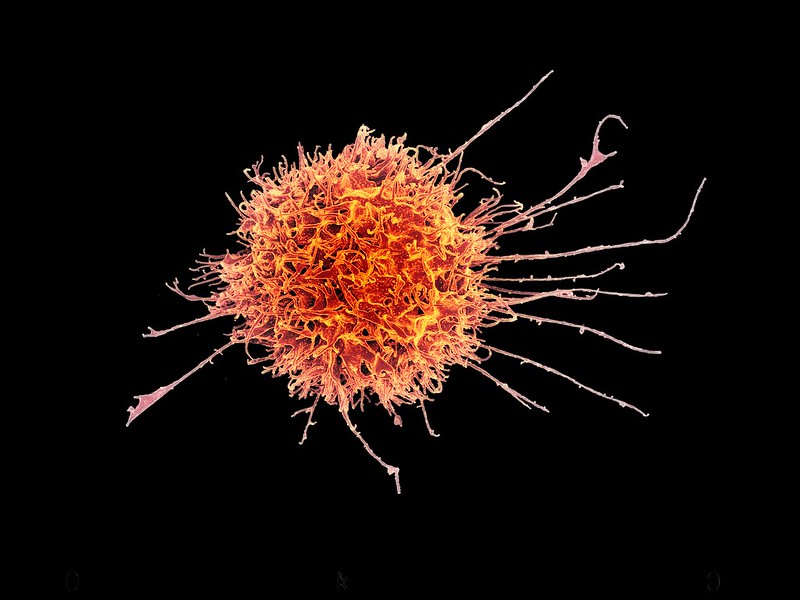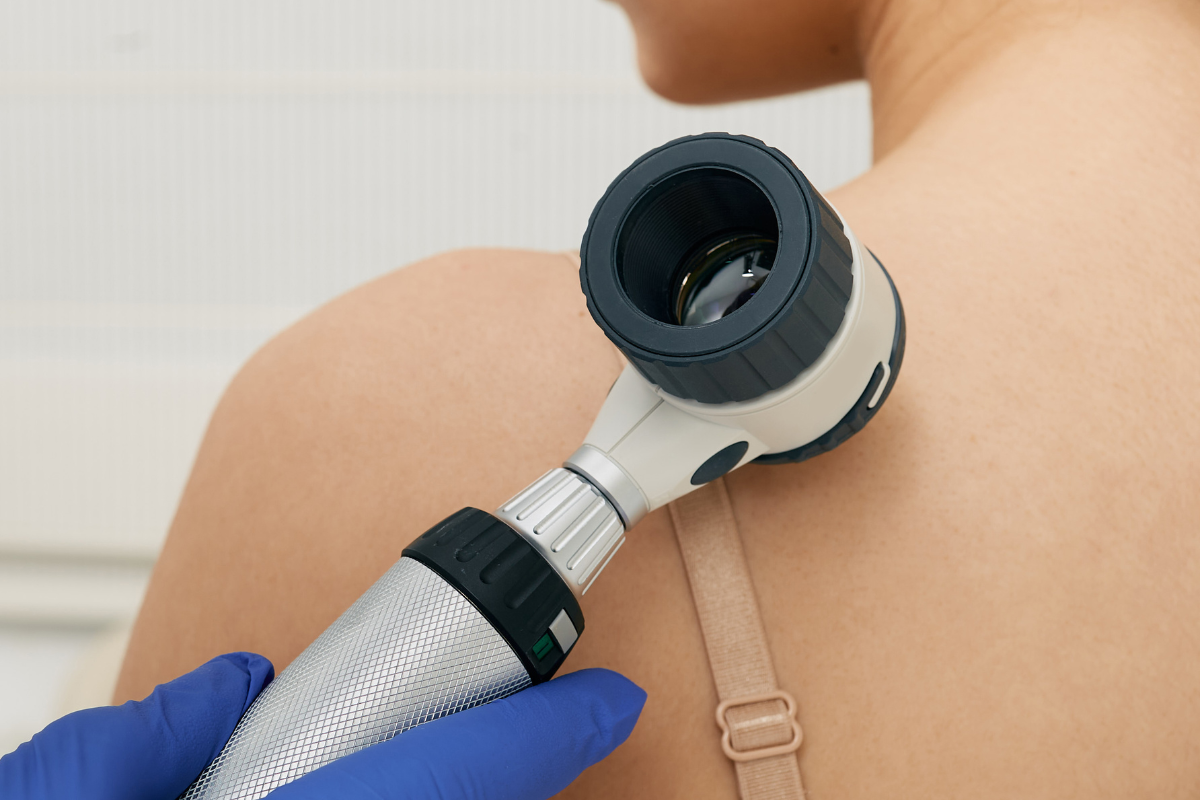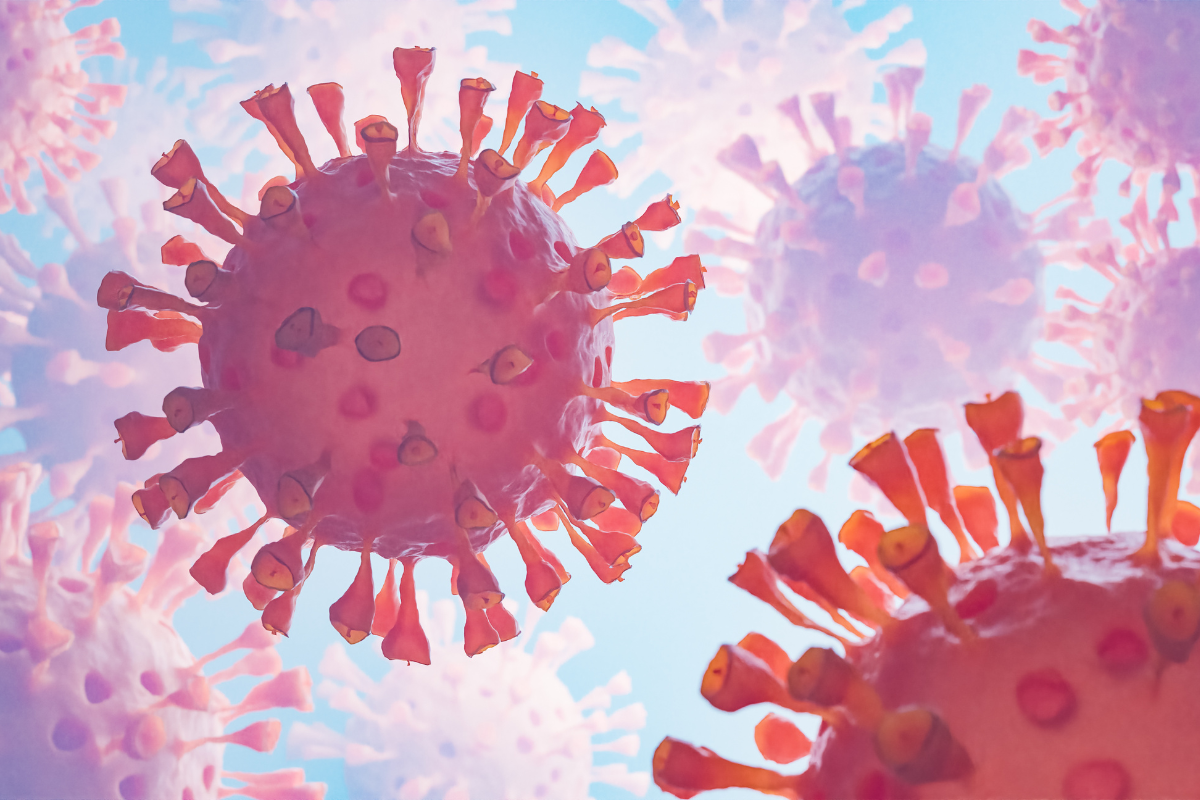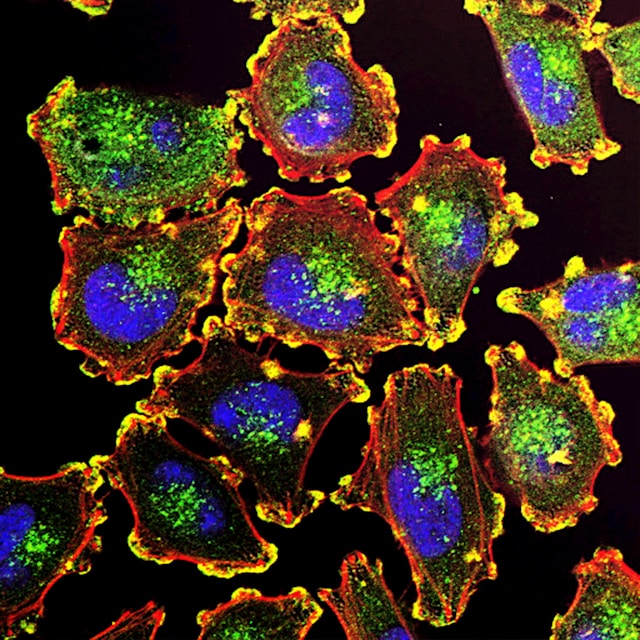NK Cell Therapies: Development, Application, and Challenges

Oxford Global’s NK Cell Symposium: Online featured a variety of presentations that showcased the unique perspectives of industry leaders working with NK cells for immuno-oncology. One highlight of the event was the panel discussion, titled ‘NK Cell Therapies: Development, Application, and Challenges’. This talk covered the development of the modality, from the production of NK cells to their optimisation and subsequent application.
RELATED:
- NK Cell Therapies and Their Promising Possibilities
- Immune Cell Types: Their Opportunities for Therapeutic Use in Oncology
- Wiping an iPS Cell’s Epigenetic Memory With TNT
Peter Hovstadius, Chief Medical Officer at XNK Therapeutics, moderated the discussion. Hovstadius is a medical doctor who also holds a PhD in Drug Development. He has spent 10 years in the clinic, and 20 years as a drug researcher in pharma and biotech: “It is in my opinion one of the most exciting careers that one can have.”
Joining the panel was Jan Spanholtz, a biologist by training, and now Chief Scientific Officer of Glycostem. Spanholtz joined Glycostem as their first employee and has now had an over 15 year career in developing NK cell therapies and manufacturing processes.
Rounding the panel out was Shawn Cogan, Senior CMC Project Manager and CMC Lead in Cell Therapies at Takeda. He supports the Cord Blood-Derived CAR NK program within Takeda’s oncology therapeutics sector. Cogan worked on the development of CAR NK products with other large pharma companies, startups, and biotechs, before joining Takeda where he has worked for three years.
Producing Allogeneic NK Cell Therapies
Hovstadius brought up the first point of discussion which concerned the production of allogeneic NK cell therapies, a topic that can be divided into various subcategories. For example, NK cell sourcing, expansion, activation, gene modification, quality control, safety, preservation, and delivery all fall under this topic.
For this section of the discussion, Hovstadius started by limiting the topic to just the sourcing of NK Cells. “Today, we have five different sources that we can choose from when producing NK cells, each with its own advantages and disadvantages,” said Hovstadius. These sources are peripheral blood, umbilical cord blood, induced pluripotent stem cells (IPSCs), NK cell lines, and bone marrow.
Although NK cell lines and bone marrow can be used as a source, they are rarely used today due to the many challenges associated with their integration into the pipeline. Therefore, primarily peripheral blood, umbilical cord blood, and IPSCs are used. Furthermore, a debate about donors is also relevant to the production of allogeneic NK cells, calling into question the effectiveness of matched haploidentical donors versus universal donors. Here, Hovstadius asked the panel which source of NK cells they used, and what their rationale was for doing so.
What Source do You Use to Generate NK Cells?
Spanholtz noted a review published in December 20221 which summarised the clinical landscape and how different institutions use different donor starting material to make their NK cells. “It is obvious that every source has a benefit, but there are also disadvantages for every type,” he said.
Being a stem cell researcher originally, Spanholtz has early experience with stem cell differentiation cultures, and therefore saw hematopoietic stem cells as the way forward for generating NK cells. He added however that the challenge with that method lies in generating sufficient numbers of NK cells, which has been solved by the process Glycostem has developed.
According to Spanholtz, the method of expansion with the cleanest differentiation uses umbilical cord stem cells. Based on this, Glycostem have developed new systems for NK cell production with some advantageous features that other NK cells do not have. For example, their cells have low expression of KIR receptors which make them less inhibitory to MHC-class I expression, but on the other side, the cells have high TRAIL expression, which improves cytotoxicity significantly.
“We have also seen that we can get large-scale expansion – we can produce billions of cells and that we had a system ready for early clinical implementation,” added Spanholtz. This technique has been brought to early clinical trials in collaboration with Radboud University in Nijmegen, The Netherlands. More development of the cryopreservation method was conducted by the team which saw some advantages in cryopreserving stem cell derived NKs.
Cogan also commented on the production and procurement of NK cells. Since 2019, Takeda has worked in collaboration with Katy Razvani’s group at MD Anderson, using umbilical cord blood units from which they isolate NK cells and expand them. In the Takeda ecosystem, IPSCs have been used more often for the generation of T cells, rather than NK cells. However, both processes may encounter similar challenges such as the fragility of cells in the freeze-thaw cycle. Cogan added: “The recovery and viability of the product post-thawed is similar – high viability and greater than 80% recovery.”
Trends Emerging in Sourcing NK Cells
The next question that the panel tackled concerned emerging trends in sourcing NK cells. Cogan’s team have been exploring the phenotypic populations of NK cells after their isolation. They investigate whether the populations of those cells maintain, drop off, or expand in their number as they move through the expansion process. Cogan said that the clinical data will help his team drive product development by ‘working backwards’ from the clinic. He said: “if there is a subpopulation of NK cells that we would like to focus on, how do we get that phenotype to make up the NK cells of our product?”
Spanholtz also commented on the trends within sourcing NK cells. He said that one such trend was in using modified ways of sourcing NK cells from hematopoietic stem cells. Here, a bank of pre-expanded progenitors is used to begin making NK cell products. He commented that this also has interesting potential for the commercialisation process too.
Another factor is having multiple donors as sources. The variability that this gives researchers allows them to learn more about their NK cells because variability is also exhibited by patients themselves. The risk with starting from a single IPSC is that the NK cell product generated has not been tested clinically, and therefore it is unclear whether it has the desired functionality.
Spanholtz said: “The phenotype probably looks immature, but you have to consider the perspective that has been set. If it’s been set by a person that has spent their whole life working on peripheral blood NK cells, then yes, we miss some receptors on our cells. But we have shown and published previously that this is beneficial for being less inhibited by MHC-class I expression – so the NK cells gain a benefit and are also more universal when it comes to treating solid tumours.”
Hovstadius agreed with this point: “Absolutely, if we have a good panel of phenotyping markers, the data speaks for itself, so to speak.
The panel then took questions from the audience, further examining NK therapy development. Oxford Global’s NK Cell Symposium: Online brought together leading experts in the field of NK cell-based immuno-oncology, shedding light on the multifaceted aspects of NK cell therapy development. This panel discussion explored critical considerations such as optimal NK cell sourcing, expansion techniques, and emerging trends, underlining the ongoing pursuit of innovative strategies to harness the full potential of NK cells in advancing cancer treatment.
Targets & Cell Types in Immuno-Oncology Europe: Explore the cutting-edge realm of immuno-oncology, where groundbreaking targets and potential drug candidates are on the horizon. Join us for an exhilarating event featuring leading experts from pharmaceutical and biotech industries, along with esteemed voices from academic and research institutions.
References:
Featured image credit: NIAID CC BY 2.0
1. Lamers-Kok N, Panella D, Georgoudaki AM, Liu H, Özkazanc D, Ku?erová L, Duru AD, Spanholtz J, Raimo M. Natural killer cells in clinical development as non-engineered, engineered, and combination therapies. J Hematol Oncol. 2022 Nov 8;15(1):164. doi: 10.1186/s13045-022-01382-5. PMID: 36348457; PMCID: PMC9644572.







